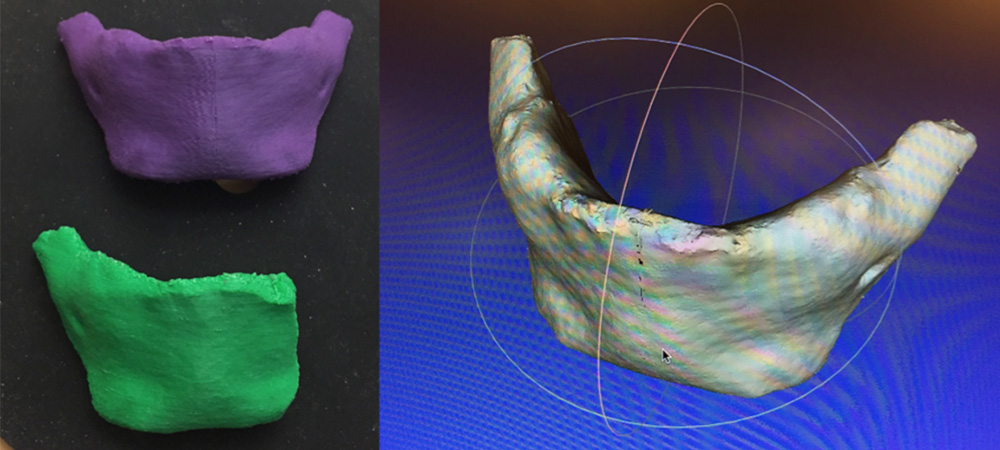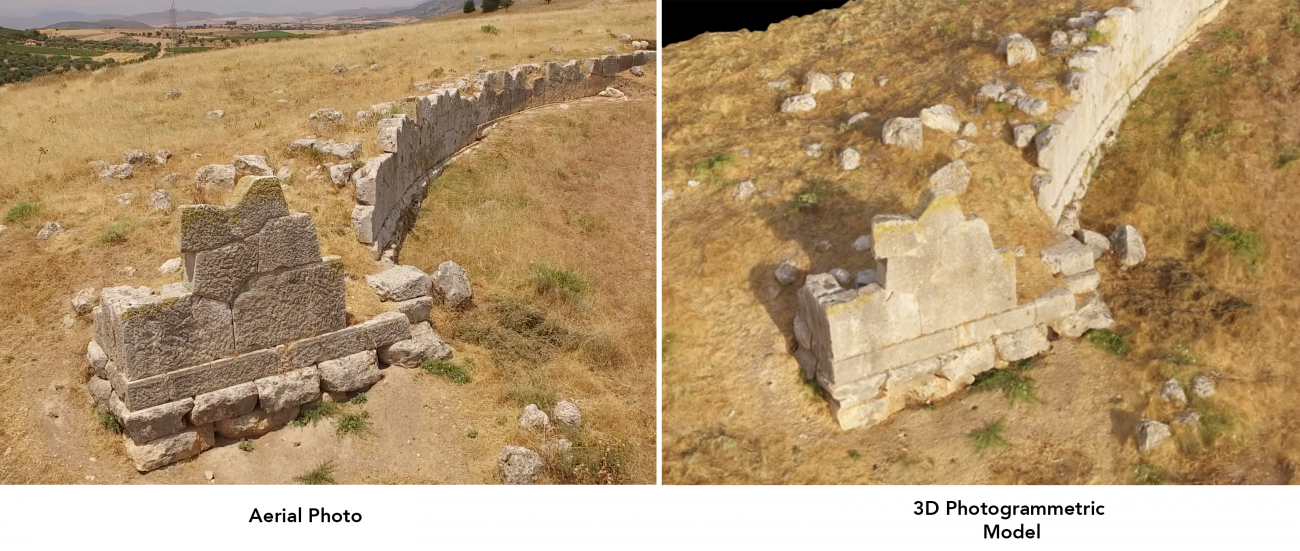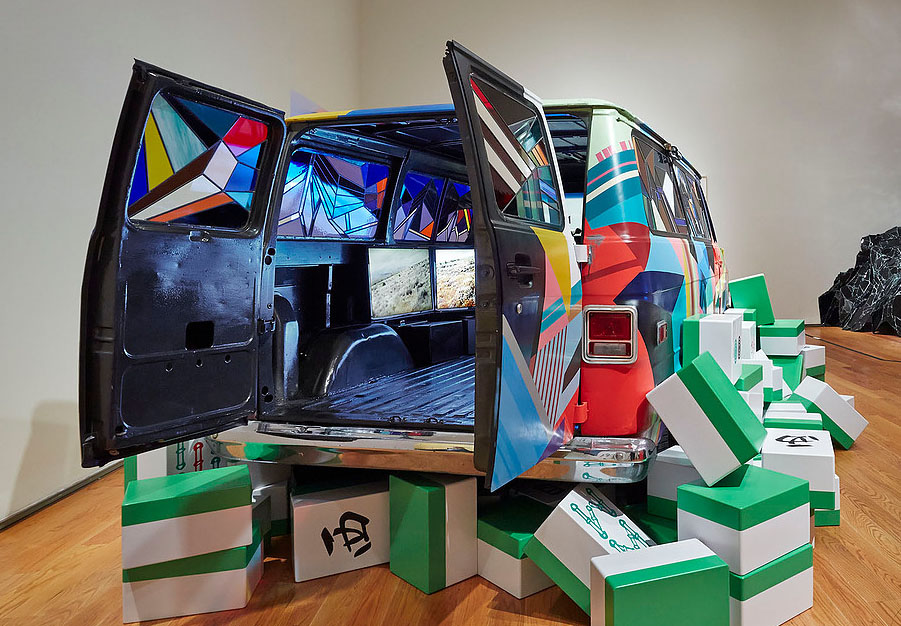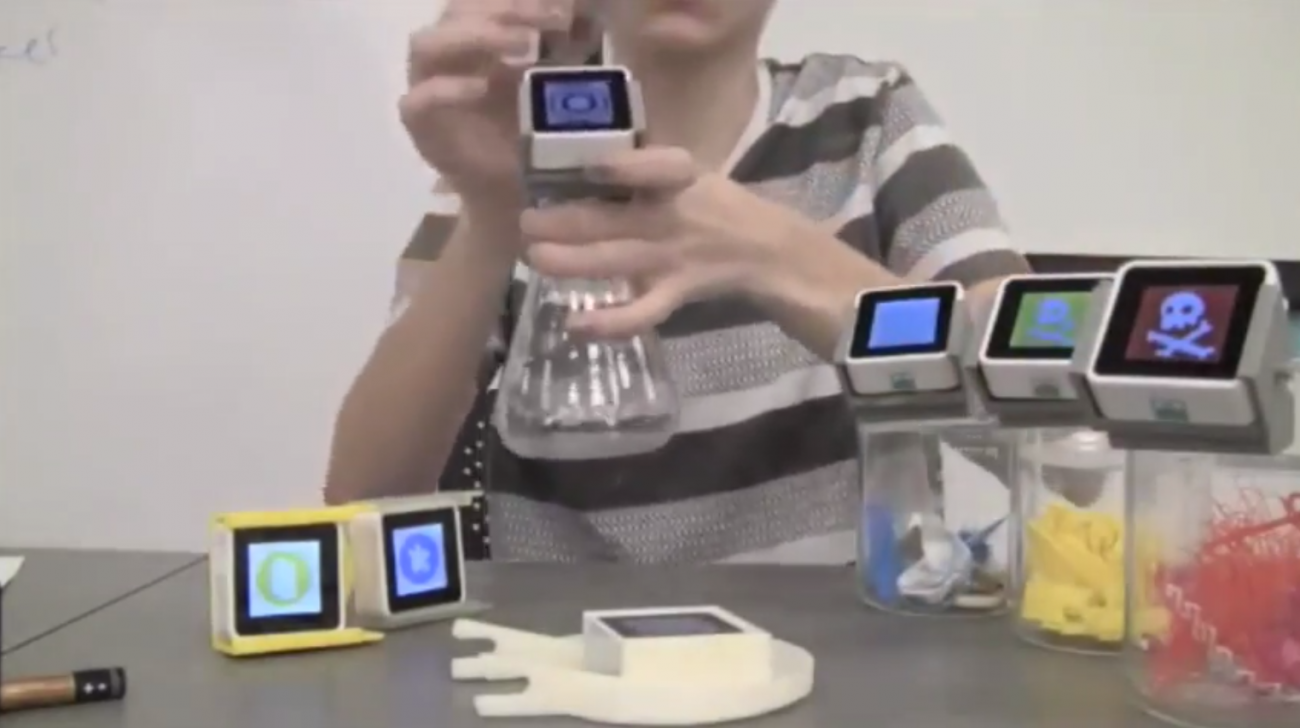Making, Fabrication, and Design on Campus
Many of Wellesley College's departments, ranging from Classical Civilization to Computer Science, utilize making and fabrication workflows, tools, and methodologies. These projects have been integrated into coursework in order to provide unique learning opportunities. Other projects are using digital fabrication to enhance existing research initiatives, as well as discover new methods for conducting research across many disciplines at Wellesley College.
Click here to see some projects that Knapp Interns have completed since 2002, and here to see projects that have been completed with the help of our talented RIS group.










